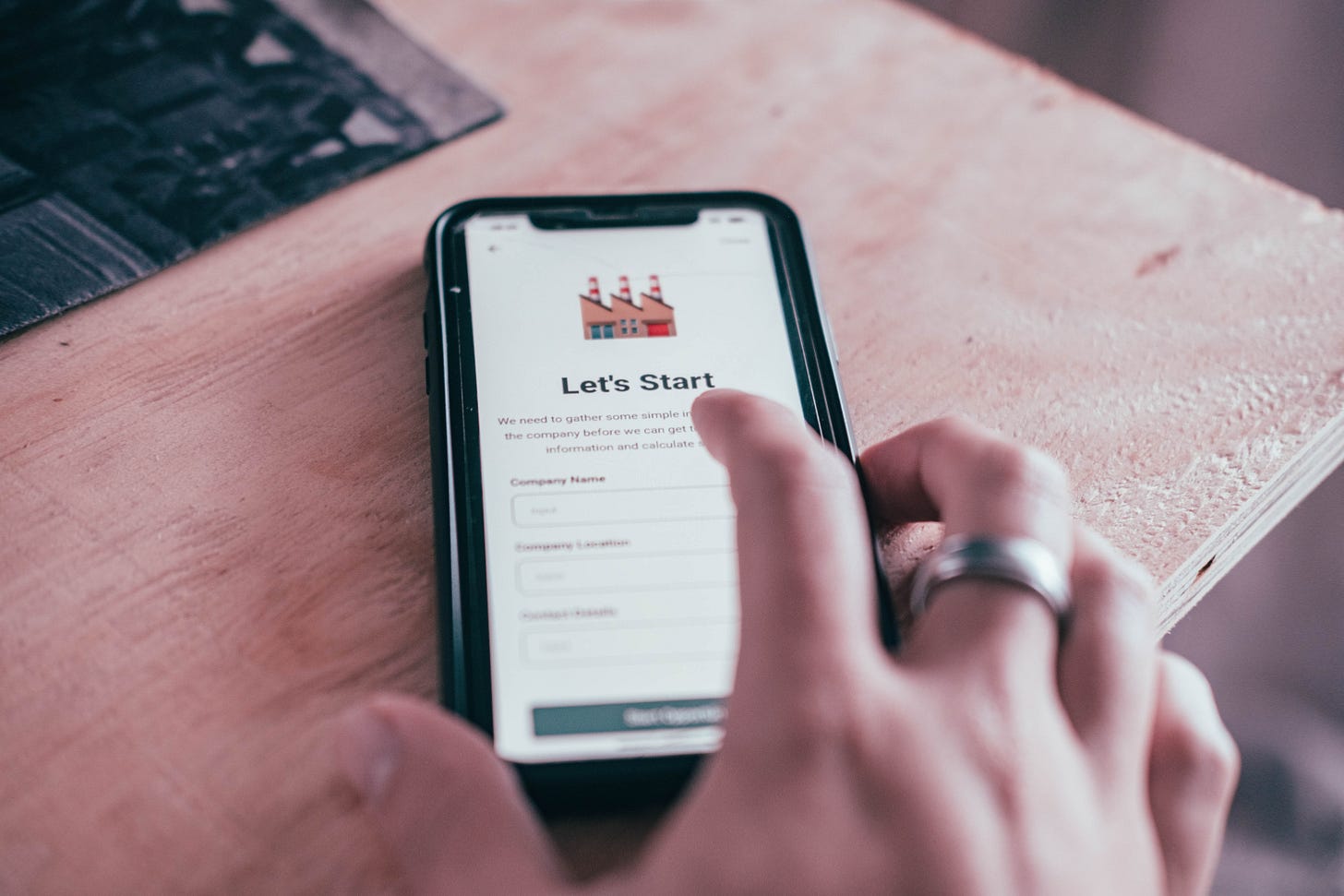This post is part of a series of “Tactics,” giving you tangible practices to implement in your product education strategy.
Educating customers about how to use a software product is tough. The nuts and bolts of how software works is generally straightforward — use this feature to perform this function to accomplish that goal. But it’s a monumental challenge when you factor in the hardest aspect of product education: people.
We all think and learn differently, and onboarding a wide range of customers onto your product is a major challenge. This post takes a look at two different approaches to product onboarding:
Linear: every customer is guided through a prescribed step-by-step onboarding experience.
Contextual: customers are uniquely introduced to the product based on their persona and goals.
Linear product onboarding
A linear onboarding experience is something we’re all familiar with; you sign-up for a new product, and are presented with some form of onboarding steps that are intended to walk you through the basics.
This can be an effective experience; it can orient users around the UI, highlight core features that you want them to use, and nudge them to take specific actions before moving on.
A product walkthrough takes your customer through the steps that they need to take in order to get set up and complete key tasks within your product. The easiest and most impactful way for your customers to learn your product is for them to start using the product. — Help Scout
What you can measure
One goal of onboarding is to better understand your customers and how they’re engaging with your product. You can look at a few key metrics to understand how your onboarding guide is performing:
Engagement: how frequently are customers exiting out of the experience
Action: do users take the recommended actions in your product?
Completion: do users fully complete the onboarding experience?
The main goal of an onboarding experience is product activation, or driving users to continue using your product (often specific features that are highlighted during onboarding). Measuring the impact of an onboarding guide to product activation typically requires some help from an engineer and/or data analyst — you’ll need clear data points that can tie user behavior in your product to the guidance provided.
For example, if an onboarding step says to click on your account to complete your profile, you can measure the percent of users that take that action in the same session that they viewed the onboarding step.
When a linear approach makes sense
A linear approach may be a great fit for a few different scenarios:
You’re just getting started with product education and want to launch an onboarding experience quickly so you can start learning and adapting.
You don’t yet have a clear idea of your customer personas and how to match them to more unique onboarding paths.
There are key actions or features that you need customers to take during onboarding.
You have other ways to deliver more contextual education (like email campaigns, webinars, in-person training, etc).
You’re investing the bulk of your time in other initiatives
Contextual product onboarding
Contextual onboarding requires a deeper understand of your customers. You can always start simple, but there are a number of qualities about your customers that you can use to understand who they are and what they’re hoping to accomplish.
Consider the following aspects:
Goals: Why did they sign up for your product?
Persona: What customer profile aligns with your company and product?
Technical Expertise: How adept are they at using your product and related software?
Plan and Permissions: What level of access do they hold within your product?
Learning Style: Are they visual, auditory, or do they require support for accessibility needs?
Let’s take a look at a highly contextual onboarding experience with Airtable. After gathering some basic information, you’re prompted to select the type of team that you’re on.
Next, they capture even more information about your goals, all the way down to what specific pieces of data you want to track in Airtable. They use this information to generate a customized base in real-time, which immediate launches you into a base that’s made just for you.
When contextual onboarding makes sense
More context helps to create more understanding and better experiences, and is likely going to create make more impact on your customers than a one-size-fits-all approach. But, it can often require a lot of bandwidth to design, implement, test, and improve the experience over time. For example, having been an early hire at Airtable, I’ve seen their onboarding mature significantly over the better part of a decade.
You’ll have to decide if you’re ready to make that investment, and have the resources and support behind you to make it happen.
Onboarding tools
Just for fun, here are a few recommendation for onboarding tools that can help you create amazing experiences for your customers.
Candu: quickly build and launch onboarding guides, popups, and more
Appcues: build advanced and personalized onboarding flows
Dopt: a more engineering-focused framework for building custom experiences




